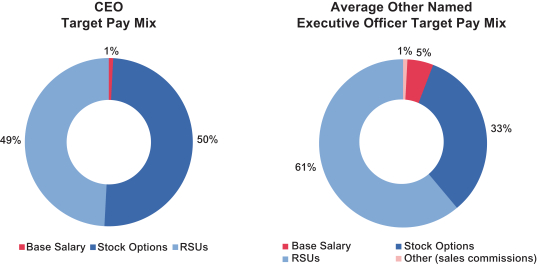SECURITIES AND EXCHANGE COMMISSION
| ☒ |
ANNUAL REPORT PURSUANT TO SECTION 13 OR 15(d) OF THE SECURITIES EXCHANGE ACT 1934 |
For the fiscal year ended December 31, 2021
| ☐ |
TRANSITION REPORT PURSUANT TO SECTION 13 OR 15(d) OF THE SECURITIES EXCHANGE ACT OF 1934 |
For the transition period from to
Commission File Number:
001-37806
(Exact name of registrant as specified in its charter)
|
|
|
|
|
|
| (State or other jurisdiction of incorporation or organization) |
|
(I.R.S. Employer Identification Number) |
101 Spear Street, First Floor
San Francisco, California 94105
(Address of principal executive offices) (Zip Code)
(Registrant’s telephone number, including area code)
Securities registered pursuant to Section 12(b) of the act:
|
|
|
|
|
|
|
|
|
Name of each exchange on which registered |
| Class A Common Stock, par value $0.001 per share |
|
TWLO |
|
New York Stock Exchange
Long-Term Stock Exchange |
Securities registered pursuant to Section 12(g) of the Act: None
Indicate by check mark if the registrant is a well-known seasoned issuer, as defined in Rule 405 of the Securities Act: Yes ☒ No ☐
Indicate by check mark if the registrant is not required to file reports pursuant to Section 13 or 15(d) of the Act: Yes ☐ No ☒
Indicate by check mark whether the registrant (1) has filed all reports required to be filed by Section 13 or 15(d) of the Securities Exchange Act of 1934 during the preceding 12 months (or for such shorter period that the registrant was required to file such reports), and (2) has been subject to such filing requirements for the past 90 days. Yes ☒ No ☐
Indicate by check mark whether the registrant has submitted electronically every Interactive Data File required to be submitted pursuant to Rule 405 of Regulation
S-T
(§232.405 of this chapter) during the preceding 12 months (or for such shorter period that the registrant was required to submit such files).
Yes ☒ No ☐
Indicate by check mark whether the registrant is a large accelerated filer, an accelerated filer, a
non-accelerated
filer, a smaller reporting company or an emerging growth company. See the definitions of “large accelerated filer,” “accelerated filer”, “smaller reporting company” and “emerging growth company” in
Rule 12b-2
of the Exchange Act.
|
|
|
|
|
|
|
|
|
| Large accelerated filer ☒ |
|
Accelerated filer ☐ |
|
Non-accelerated filer ☐ |
|
Smaller reporting company |
|
☐ |
| |
|
|
|
|
|
Emerging growth company |
|
☐ |
If an emerging growth company, indicate by check mark if the registrant has elected not to use the extended transition period for complying with any new or revised financial accounting standards provided pursuant to Section 13(a) of the Exchange Act. ☐
Indicate by check mark whether the registrant has filed a report on and attestation to its management’s assessment of the effectiveness of its internal control over financial reporting under Section 404(b) of the Sarbanes-Oxley Act (15 U.S.C. 7262(b)) by the registered public accounting firm that prepared or issued its audit report. ☒
Indicate by check mark whether the registrant is a shell company (as defined in
Rule 12b-2
of the Exchange Act). Yes ☐ No
☒ Auditor PCAOB ID Number: 185 Auditor Name: KPMG LLP Auditor Location: Santa Clara, California
aggregate market value of stock held by
non-affiliates
as of June 30, 2021 (the last business day of the registrant’s most recently completed second quarter) was $
51.0 billion based upon $394.16 per share, the closing price on June 30, 2021 on the New York Stock Exchange. Determination of stock ownership by
non-affiliates
was made solely for the purpose of responding to this requirement and the registrant is not bound by this determination for any other purpose.
On March 31, 2022, 171,763,174 shares of the registrant’s Class A common stock and 9,820,605 shares of registrant’s Class B common stock were outstanding.

